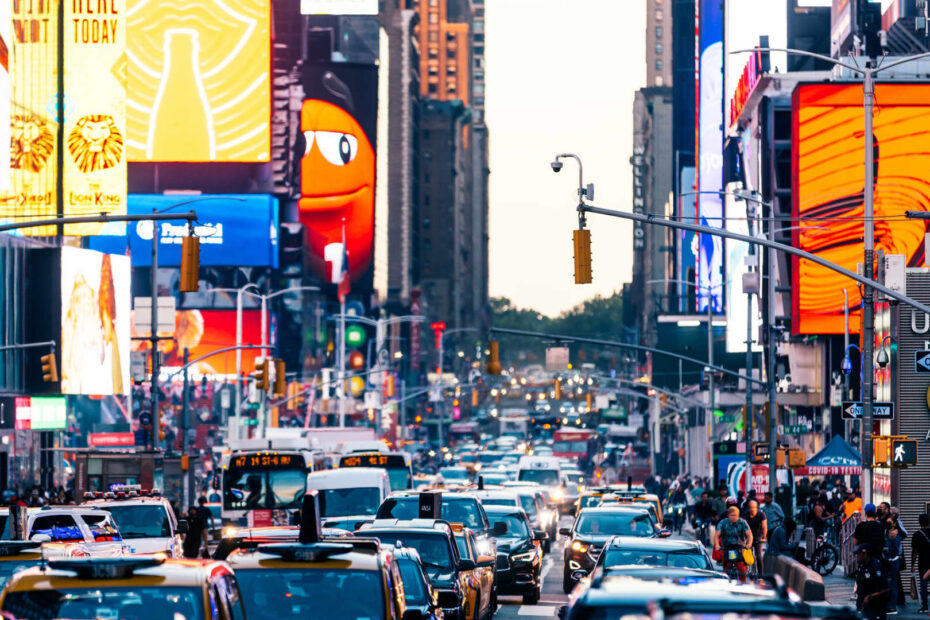New York City has long been known for its bustling streets and crowded roads, but with the recent decision to put an end to congestion pricing, the city is now facing a new era of economic gridlock.
Congestion pricing, a system that charges drivers a fee to enter certain busy areas of the city during peak hours, was implemented in Manhattan in 2019 as a way to reduce traffic and raise revenue for public transportation projects. However, in a controversial move, Mayor Eric Adams recently announced that the program would be suspended indefinitely.
The decision to halt congestion pricing has sparked debate among city officials, transportation advocates, and residents. Proponents of the program argue that it was a crucial tool in reducing traffic congestion and improving air quality in the city. They also point to the revenue generated by congestion pricing, which was used to fund much-needed upgrades to the city’s public transportation system.
On the other hand, opponents of congestion pricing argue that the fees unfairly target low-income drivers and small businesses, who may not be able to afford the additional cost of driving into Manhattan. They also claim that the program did not significantly reduce traffic congestion as intended.
With congestion pricing now off the table, New York City is facing a new era of economic gridlock. The city’s already overburdened streets are likely to become even more congested, leading to longer commute times, increased air pollution, and decreased quality of life for residents.
Additionally, the loss of revenue from congestion pricing means that the city will have to find alternative sources of funding for public transportation projects, such as subway repairs and bus expansions. This could lead to delays in much-needed infrastructure improvements and further exacerbate the city’s transportation woes.
In order to navigate this new economic gridlock era, city officials will need to come up with innovative solutions to reduce traffic congestion, improve public transportation, and address the needs of all New Yorkers. Whether that means reinstating congestion pricing, implementing new policies, or investing in alternative modes of transportation, one thing is clear: the city cannot afford to stand still in the face of this new challenge.
